What is a Line Replaceable Unit (LCU)?
How Does It Relate to My Imaging System?
Modularity is a concept that everyone is familiar with, at least to some degree. A common toy that many have played with as a child are Lego® blocks; these little blocks (or ‘modules’) can be assembled and disassembled in many ways to make different configurations. If one of the Lego blocks becomes scratched or damaged, it can easily be taken out and replaced.
Designers of some military systems have taken a similar approach, by designing modules that can be easily swapped out and replaced. When these modules are engineered so that soldiers or operators in the field can replace them, they are called Line Replaceable Units, abbreviated as LRUs. With respect to imaging and surveillance systems, LRUs play a vital role in simplifying maintenance, providing upgrading capabilities, and enhancing overall operational efficiency. These self-contained modules serve as essential building blocks within an imaging system, offering numerous benefits that empower soldiers and operators in the field to swiftly replace or upgrade system components with minimal training and tools required.
By dividing the system into discrete LRUs, it becomes easier to install and configure the system in a piecemeal fashion. This flexibility proves highly convenient, especially when deploying the system in challenging environments or maneuvering heavy equipment up mounting towers. The modular design allows for seamless integration of individual LRUs, enabling operators to tailor the system to specific mission requirements and constraints.
While ease of installation is a convenience, one of the biggest advantages provided by the modular LRU approach comes in maintenance and sustainability. When the system fails, operators can quickly and easily pinpoint which element in the system has failed by systematically swapping LRUs until functionality is restored. This is much harder (perhaps impossible) to do with systems built without the LRU architecture, wherein the entire system must be removed and sent out for service.
The maintenance and sustainability benefits extend beyond ease of troubleshooting. The LRU approach allows the user to have a much more efficient spare strategy, wherein LRUs that are more likely to fail can be stocked in greater numbers than those with longer expected service lifespans. Also, a few spare LRUs can support multiple fielded systems, simplifying the logistics chain. These considerations are especially important in applications that require high system availability (e.g., low downtime).
LRUs also pave the way for simplified upgrades and technological advancements. As technology evolves and new innovations emerge, incorporating these advancements into existing imaging systems becomes seamless. By replacing specific LRUs with upgraded versions, users can effortlessly integrate the latest technologies without undertaking a complete system overhaul. This scalability and adaptability ensure that imaging systems can evolve alongside technological progress, ensuring continued effectiveness and longevity.
Line Replaceable Units (LRUs) revolutionize the field of imaging systems by providing modular, easily replaceable components. The modularity of LRUs enables flexible system deployment, simplified maintenance procedures, targeted troubleshooting, and seamless technology upgrades. These benefits empower soldiers and operators in the field, ensuring continuous operational readiness, adaptability to evolving requirements, and efficient management of imaging systems. By leveraging LRUs, organizations can enhance their imaging capabilities, streamline maintenance processes, and future-proof their systems in a rapidly advancing technological landscape.
